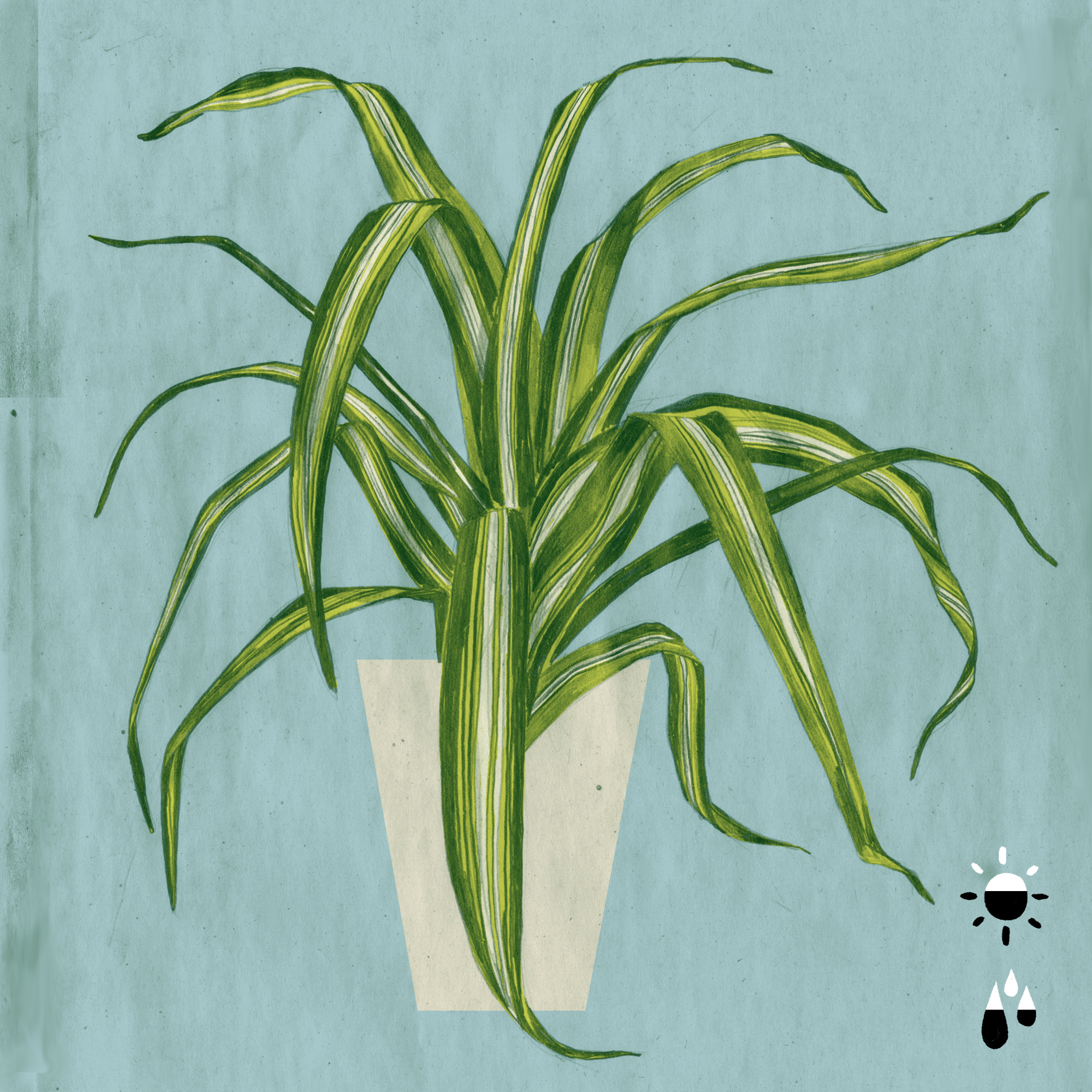Want better air quality in your home? Add these NASA-recommended houseplants to your space.

This may sound far-fetched, but in fact NASA has spent a great deal of time and effort understanding the precise effects of houseplants on air quality, which is very important in enclosed spaces with recirculated air, like a spacecraft (or, say, your apartment in the middle of winter). The following plants can have a mitigating effect on airborne chemicals like ammonia, formaldehyde, benzene, and trichloroethylene, which, depending on their concentration, can cause irritation to the breathing systems, headaches, coughing, and more. Here are five of the plants most recommended by NASA.
[mf_h2 align=”left” transform=”uppercase”]1. Peace lily[/mf_h2]
Linnaean name: Spathiphyllum wallisii
Light needs: Indirect
Water needs: Medium (keep soil moist, but don’t over-water)
The peace lily is a large, lush tropical plant that can grow up to a few feet high. They grow big, deep green leaves and simple white flowers. Very easy to care for.
[mf_h2 align=”left” transform=”uppercase”]2. Spider plant[/mf_h2]
Linnaean name: Chlorophytum comosum
Light needs: Indirect
Water needs: Medium
With green-edged white spiky leaves, the spider plant is another easy houseplant for beginners. As they mature, they extend baby spider offshoots, which look really great – especially in a hanging basket.
[mf_h2 align=”left” transform=”uppercase”]3. Snake plant[/mf_h2]
Linnaean name: Sansevieria trifasciata
Light needs: Indirect
Water needs: Little
One of the easiest and most common plants to care for, the snake plant can survive long periods of little watering or sunlight, making it perfect for those with whatever the opposite of a green thumb is.
[mf_h2 align=”left” transform=”uppercase”]4. Ficus[/mf_h2]
Linnaean name: Ficus benjamina
Light needs: Indirect
Water needs: Light to medium
Sometimes known as a weeping fig, this ficus tree can grow to a few feet tall. Its beautiful leaves and large but not-too-bushy appearance make it a favorite among those looking to to make a decorative statement, but but careful not to overwater: they like less H2O than you’d think.
[mf_h2 align=”left” transform=”uppercase”]5. Pothos[/mf_h2]
Linnaean name: Epipremnum aureum
Light needs: Indirect
Water needs: Light to medium
The great thing about pothos plants is that they’re incredibly resilient – they’ll put up with an absurd amount of neglect – and one of the best for air quality. This viney all-star tolerates a wide variety of light and water scenarios, and will continue to put out cheerful green-white leaves with minimal intervention (for real: the vines will grow and grow if you don’t trim them back). This favorite is also incredibly easy to propagate.




